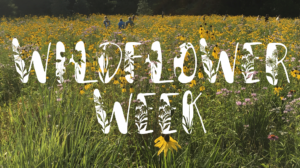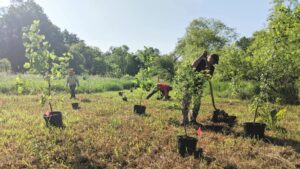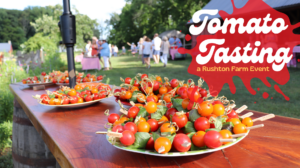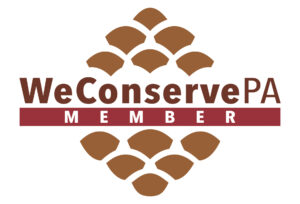By WCT Bird Conservation Associate Phillys N. Gichuru
Cover Photo by Jennifer Mathes
My first memorable conservation experience was when, as an undergrad, my population genetics professor walked into the classroom and very nonchalantly said he was going to miss one of our classes, because he was going to participate in the translocation of elephants from the larger Narok area into Maasai Mara National Park in Kenya. Of course, all five of us in the classroom asked if we could go along too. That experience is how I was sold on conservation as a viable career option for me. It was the thrill, the tender care for each animal, and the passion for the job that drew me in. This was true for every job experience I took on after that.
I went on to work with Ol Pejeta Conservancy as a field technician affiliated with my university at the time, collecting black rhino (Diceros bicornis) dung samples for non-invasive genetic analysis to study population genetics. Technically, the fresher the dung, the better the chances of getting DNA from it. What was most endearing about this experience is because black rhinos are critically endangered, at the time, every rhino in this population was monitored very closely to reduce poaching incidences. Over time, each warden knew every little detail about the rhinos, and they called you when the dung was fresh with a bonus story of how they had just gotten chased by a rhino and had the torn trousers to prove it.
While conservation in Kenya and the US is very similar in a lot of aspects — including my observations they both rely heavily on donors/fundraising, habitat loss is a never-ending concern, and passion drives most people in this field — it is also very different. Most of Kenya’s wildlife can be found in protected areas, Kenya does not employ hunting as a model of conservation, and most obviously, we have a lot more charismatic megafauna that tend to get a lot of attention. In parallel, Kenya heavily relies on tourism to fund conservation. Protected areas in Kenya are either federally owned (National Parks) or privately owned (mostly conservancies). While there are private conservancies, the federal government has a huge stake in management of endangered/critically endangered species such as the elephants, black rhinos, Hirolas, Sable, and Roan antelopes, wild dogs, Grevy (zebras).
Oh! If it wasn’t obvious, we took part in that elephant translocation. The adults get darted and tranquilized from a helicopter and you swoop in very fast with a 4-wheel car right before they go down. To tranquilize the calves, if present, we load them on a huge truck and move them to the park. It takes phenomenal precision.
Now at WCT, I am far from the savanna and I work to conserve animals that are significantly smaller than the elephants and rhinos. I’ve found that the precision required in the elephant translocation process lends itself to the precise skills used to gently remove birds from our mist nets before wrapping tiny bands around their slim legs in the bird banding process. Conservation comes in all shapes and sizes.
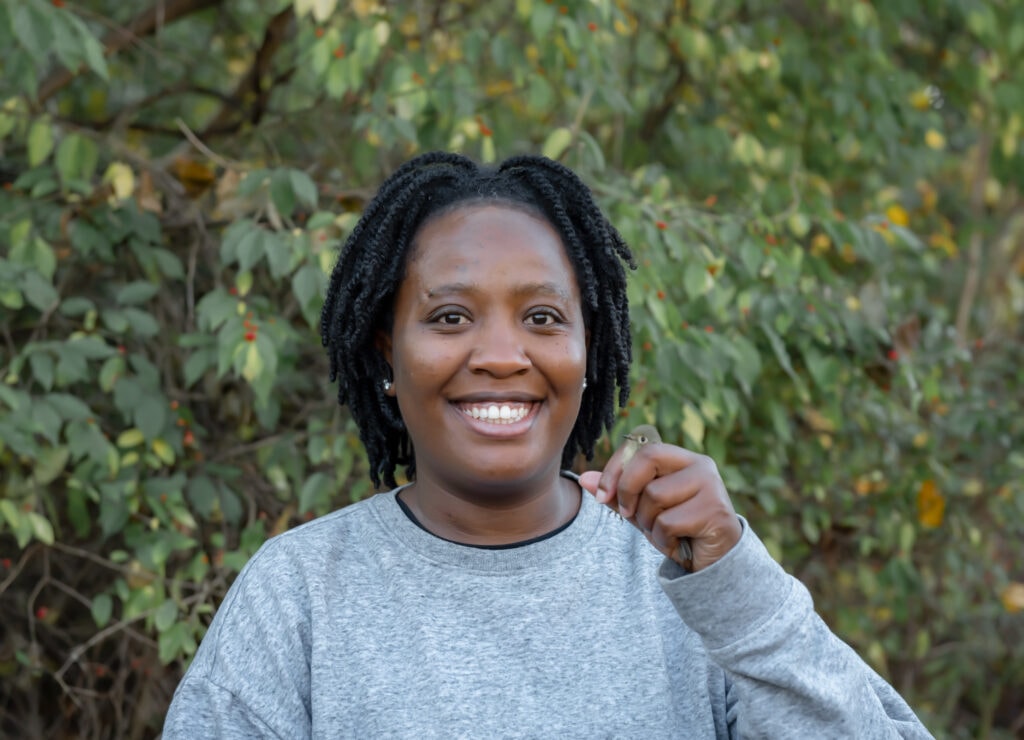
To learn more about the science of endangered feces, click here.
— By WCT Bird Conservation Associate Phillys N. Gichuru

